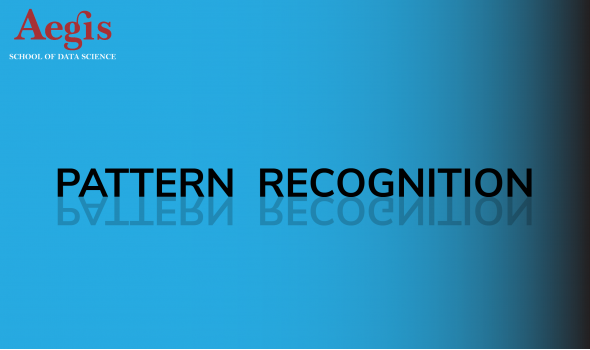
Aegis School of Business, Data Science, Cyber Security & Telecommunication
| Application fee: | 1000 * INR |
| Course fee: | 30000 * INR |
| GST: | 18 % |
Pattern Recognition

Course Details
Pattern Recognition
Pattern recognition is nearly synonymous with machine learning. This branch of artificial intelligence focuses on the recognition of patterns and regularities in data. In many cases, these patterns are learned from labeled "training" data (supervised learning), but when no labeled data are available other algorithms can be used to discover previously unknown patterns (unsupervised learning).
Pattern recognition algorithms generally aim to provide a reasonable answer for all possible inputs and to perform "most likely" matching of the inputs, taking into account their statistical variation. This is opposed to pattern matching algorithms, which look for exact matches in the input with pre-existing patterns. A common example of a pattern-matching algorithm is regular expression matching, which looks for patterns of a given sort in textual data and is included in the search capabilities of many text editors and word processors. In contrast to pattern recognition, pattern matching is generally not considered a type of machine learning, although pattern-matching algorithms (especially with fairly general, carefully tailored patterns) can sometimes succeed in providing similar-quality output to the sort provided by pattern-recognition algorithms.
Pattern recognition is studied in many fields, including psychology, psychiatry, ethology, cognitive science, traffic flow and computer science.
Numerosity Reduction
Dimensionality Reduction
Supervised Feature Selection
